Picture yourself in a cozy kitchen, surrounded by the aroma of soy sauce and the sizzle of a hot pan. The allure of Japanese cuisine beckons, offering a culinary escape without leaving home.
Discover how to recreate the flavors of Japan with authentic recipes and simple techniques. Unravel the secrets behind sushi rolls, crispy tempura, and more.
As you explore the world of Japanese cooking, prepare to elevate your home dining experience to new heights with each savory bite.
Key Takeaways
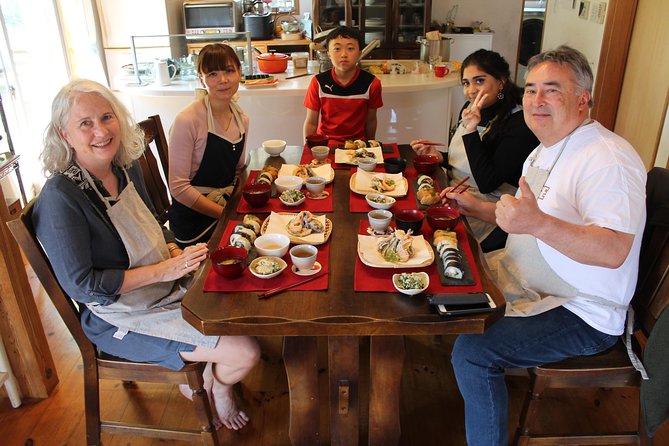
- Embrace traditional techniques and ingredients for authentic Japanese flavors at home.
- Focus on precision, presentation, and simplicity to capture the essence of Japanese cuisine.
- Use high-quality utensils like sushi mats and sharp knives for a successful cooking experience.
- Enjoy a homemade Japanese feast with mindful preparation, cultural appreciation, and aesthetic presentation.
Traditional Japanese Cuisine Recipes
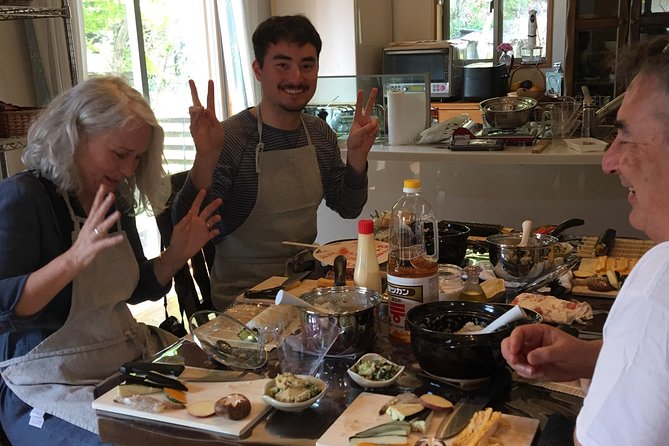
For those looking to bring the flavors of Japan into their own kitchen, traditional Japanese cuisine recipes offer a delightful culinary adventure. Japanese cooking techniques have a rich history that reflects the country’s diverse regional specialties. From the delicate art of sushi-making to the crispy perfection of tempura, there are endless possibilities to explore.
Fusion cuisine has also become a popular trend, blending traditional Japanese flavors with international influences. By delving into the culinary history of Japan, home cooks can discover new and exciting ways to create authentic dishes that pay homage to this vibrant food culture. Whether it’s mastering the art of bento boxes or trying your hand at making gyoza and okonomiyaki, the world of Japanese cooking is both rewarding and delicious.
Essential Cooking Utensils and Ingredients
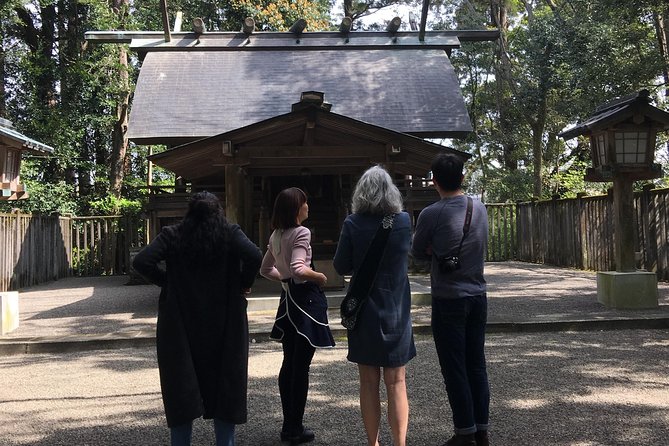
When preparing Japanese cuisine at home, having the essential cooking utensils and ingredients on hand is crucial for creating authentic and delicious dishes. Japanese cooking places a strong emphasis on precision and technique, highlighting the cultural significance of each ingredient and tool used. To evoke the essence of Japanese cuisine, sourcing high-quality ingredients like fresh seafood, miso paste, and soy sauce is key. Additionally, having traditional cooking utensils such as a rice cooker, sushi mat, and sharp knives is essential for mastering Japanese cooking techniques. By incorporating these elements into your kitchen, you can embark on a culinary journey that pays homage to Japan’s rich food culture and traditions.
| Ingredient Sourcing | Cooking Utensils | Cultural Significance |
|---|---|---|
| Fresh seafood | Rice cooker | Honoring traditions |
| Miso paste | Sushi mat | Emphasizing technique |
| Soy sauce | Sharp knives | Precision in cooking |
Step-by-Step Cooking Instructions
To begin cooking Japanese food at home, gather all the necessary ingredients and cooking utensils as listed in the previous subtopic.
Japanese cooking techniques hold significant cultural importance, emphasizing precision and presentation. When preparing dishes, utilize local Japanese ingredients for an authentic flavor. Be mindful of seasonal variations, as fresh produce can enhance the taste of your meals.
Start by washing and preparing the ingredients meticulously. Follow traditional methods like slicing fish for sushi or mastering the art of tempura batter. Pay attention to details such as cooking times and temperatures to achieve the desired results.
Embrace the simplicity and elegance of Japanese cuisine by incorporating these techniques into your cooking routine for a truly authentic experience.
Tips for Perfecting Japanese Dishes
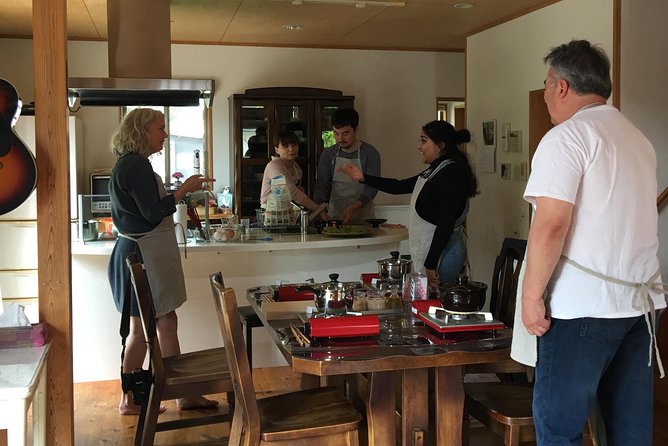
After mastering the foundational Japanese cooking techniques, enhancing your dishes with subtle tips can elevate your culinary creations to an authentic level that captures the essence of Japanese cuisine. To perfect your Japanese dishes, consider the following:
-
Flavorful seasonings: Utilize traditional Japanese seasonings like soy sauce, mirin, dashi, and miso to add depth and umami to your dishes.
-
Culinary techniques: Explore techniques such as tempura frying for crispy textures, sushi rolling for precision, and simmering in a clay pot for rich flavors.
-
Presentation: Pay attention to the aesthetics of your dish by incorporating elements of color, symmetry, and balance, as Japanese cuisine emphasizes the visual appeal of food.
Enjoying Your Homemade Japanese Feast

Indulge in the flavors of your homemade Japanese feast with a sense of satisfaction and cultural appreciation. When enjoying your culinary creations, remember that food presentation plays a significant role in Japanese culture. Arrange your dishes thoughtfully on the table, incorporating elements like color contrast and minimalist aesthetics to elevate the dining experience. Each dish holds cultural significance, reflecting Japan’s rich culinary history and traditions. Take a moment to appreciate the intricate flavors and textures that make Japanese cuisine unique. Embrace the simplicity and balance of the dishes, savoring each bite mindfully. By immersing yourself in the cultural essence of Japanese food, you not only enjoy a delicious meal but also gain a deeper understanding and respect for this culinary art form.
| Food Presentation | Cultural Significance |
|---|---|
| Colorful arrangement | Reflects tradition |
| Minimalist aesthetics | Honors culinary history |
Frequently Asked Questions

Can I Request Specific Dietary Restrictions or Preferences for the Cooking Class?
Yes, participants can request customized menus to accommodate dietary preferences for the cooking class. The experience offers flexibility to cater to various dietary restrictions or preferences, ensuring an inclusive and enjoyable culinary experience for all.
Is There a Minimum Age Requirement for Participating in the Cooking Class?
The minimum age requirement for the cooking class is 18 years. Participants can request dietary restrictions or preferences. The class accommodates various needs and offers a personalized experience. It’s a fun and budget-friendly way to learn Japanese cooking.
Are There Any Additional Costs for Ingredients or Equipment During the Cooking Class?
When considering cost for the cooking class, participants won’t face additional expenses for ingredients or equipment. The session includes all necessities, ensuring a budget-friendly experience. Various equipment options are provided for convenience.
Can I Take Home Any Leftovers From the Cooking Class?
When wrapping up the cooking class, guests can inquire about leftover etiquette and takeout options. Participants may be allowed to take home any excess food, providing a convenient way to enjoy the meal later.
Are There Any Cultural Customs or Etiquette I Should Be Aware of During the Cooking Class?
During the cooking class, participants should be mindful of cultural customs and cooking etiquette. It’s important to follow instructions respectfully, maintain cleanliness, and show appreciation for the food being prepared.
Conclusion
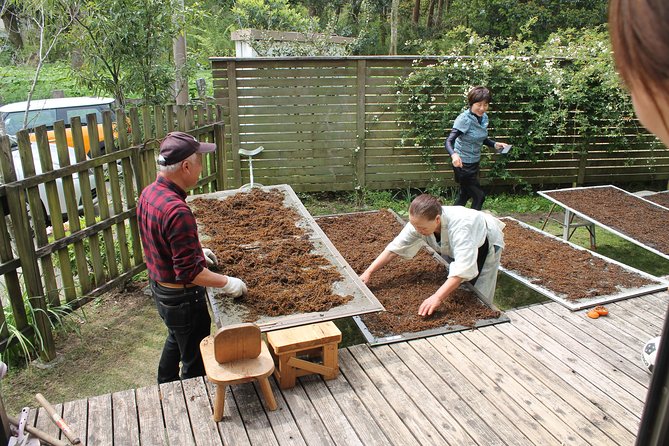
In conclusion, trying your hand at Japanese food cooking at home is a fun and budget-friendly way to explore the delicious flavors of Japan.
With traditional recipes, essential ingredients, and step-by-step instructions, you can create a homemade Japanese feast that will impress your taste buds.
So grab your apron, gather your utensils, and get ready to embark on a culinary journey without leaving the comfort of your kitchen.
Enjoy the experience and savor every bite!
